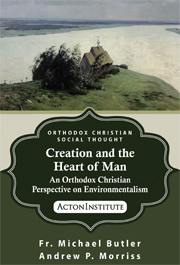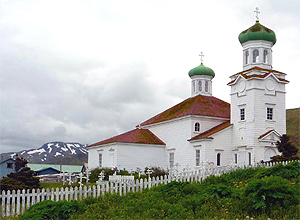 by Sarah Terzo –
by Sarah Terzo –
On November 4, The Students for Life of America blog posted an article about Mom Baby God a pro-abortion play that was written by an abortion supporter who went undercover to a Students for Life of America conference. According to the blog, the writer of the play was:
“disturbed by how much enthusiasm there was for the pro-life issue amongst youth” and she wanted to show those in her movement our enthusiasm to abolish abortion in order “to wake up the pro-abortion movement.
This pro-choice undercover activist set out to write the most pro-abortion play she could, hoping to motivate pro-choicers to become more active in the movement. But here’s the interesting thing: [Read more…]

 by David Virtue –
by David Virtue – by Pravoslavie.ru –
by Pravoslavie.ru – by Betsy McCaughey –
by Betsy McCaughey – by John Couretas –
by John Couretas – by Pope Francis –
by Pope Francis – by Kirsten Andersen –
by Kirsten Andersen – by Neil Munro –
by Neil Munro – by Clarice Feldman –
by Clarice Feldman – by Fr. Gregory Jensen –
by Fr. Gregory Jensen –